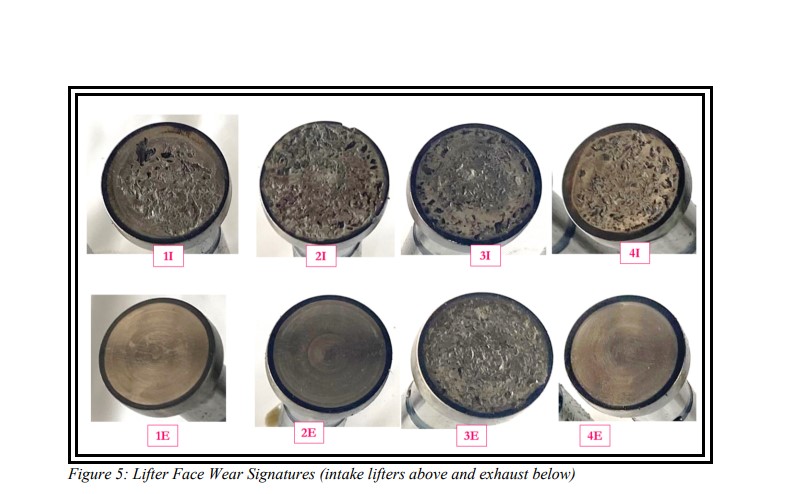This discussion reminds me of a takeoff I made many years ago.
Cessna 172 with the Franklin STC, rated HP 215, limited to 180 with manifold pressure. Nrmal MP on takeoff was about 23.5.
I was also flying a 145 HP Cessna that was essentially the same in its equipment.
Proper and normal runup, all good, with the checklist. Taxi to the runway, advanced the throttle to the 23.50 limit for the temperature and pressure for the day, and accelerated down the runway. The speed did not increase quite as much as normal, and rotation was about 10% past what I had done recently, and climb was just a small bit less than normal.
Then I remembered that I was in the Franklin, looked again at the guages, and found that I had set RPM at2350, not MP at 23.50! Pushed the throttle in just enough to bring RPM to red line, reset angle of climb, and scanned for traffic. Then, I carefully set the correct manifold pressure, avoiding any overtravel.
Even at only 2350 RPM, that engine was giving me nearly normal acceleration, compared to the standard engine. I was in the air and climbing in less than half of the runway length.
In Florida, Craig field, I met a man with a Cessna inline twin, who had on his previous departure there, had a long expected delay after starting his engines, and elected to start the front only, as the rear was well known to overheat on the ground. When the last plane ahead of him took off, he rolled onto the runway and departed. His home field was soft grass, and he was accustomed to poor acceleration, but when he rotated, the climb did not come close to normal, he checked the guages, and found no RPM or oil pressure on the rear engine. A quick start, moderate RPM and manifold pressure until stabilized, and all was good.
Like my experience, there was adequate power available for a safe takeoff in spite of the error. For those that don't remember, Cessna flew one across the higher part of the Rocky Mountains on just one engine for their introductory advertising.
Subtle shortages of performance can easily be ignored for a while, and then if the runway remaining is insufficient, bad choices are made.
Always sad when a very competent pilot misses some small performance warnings.

